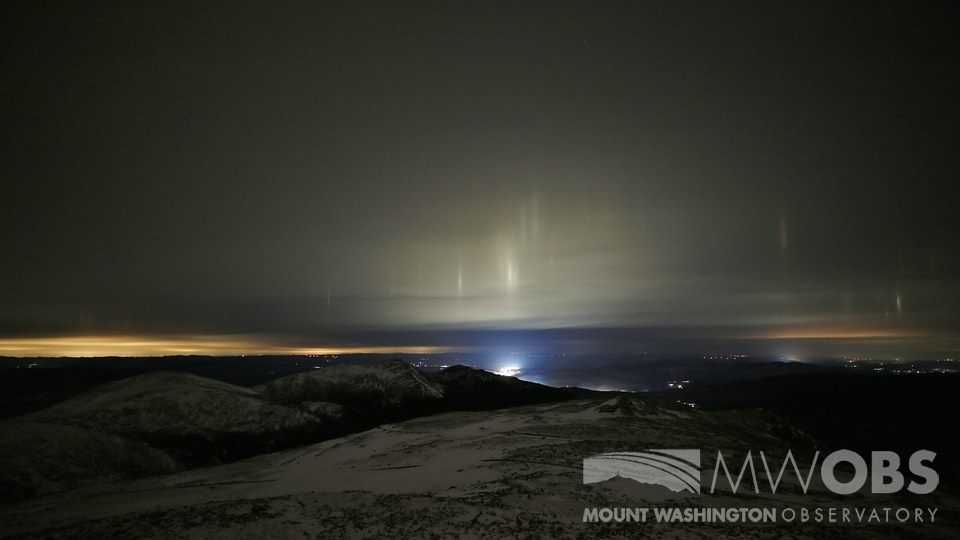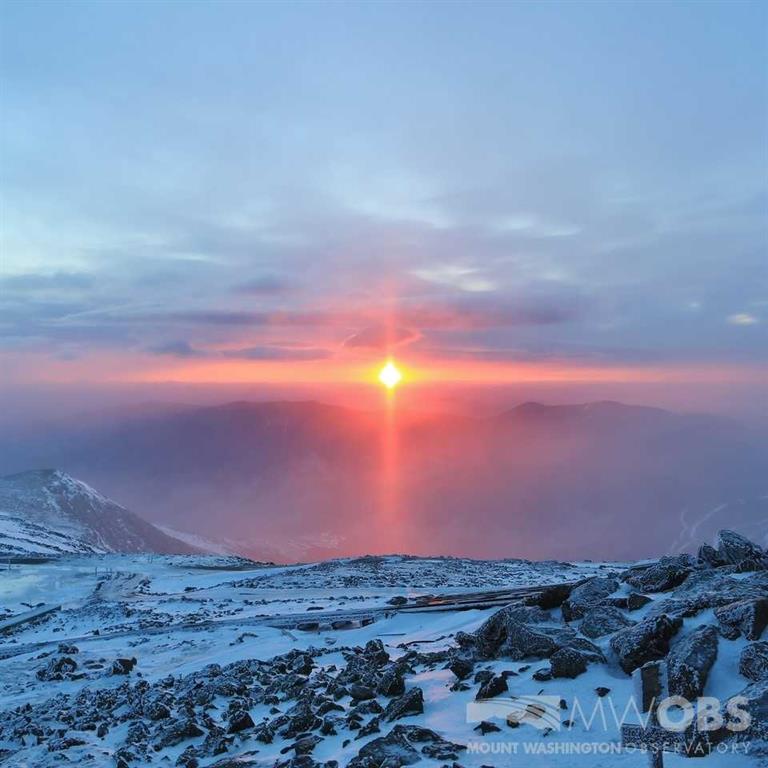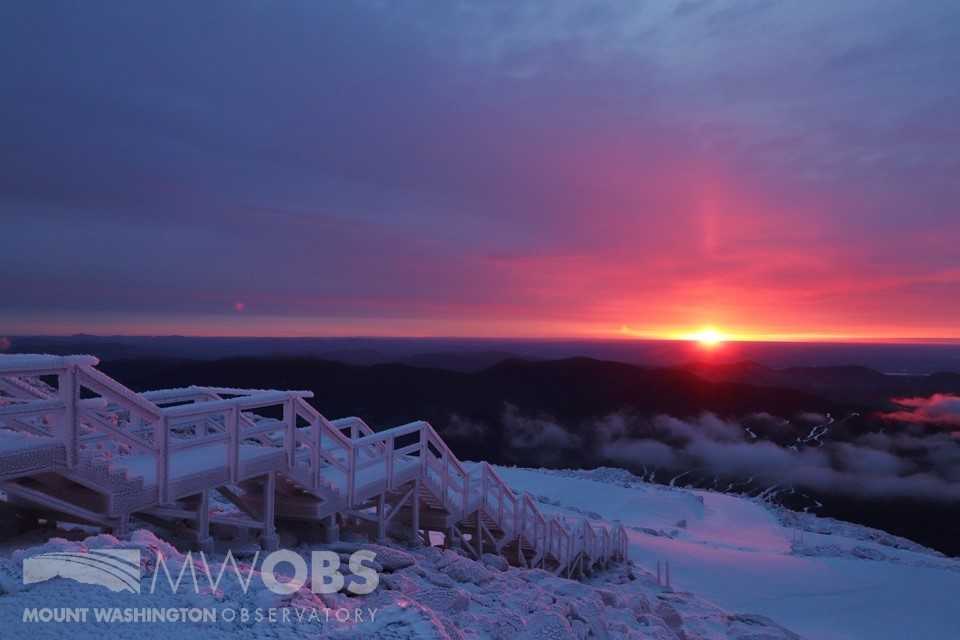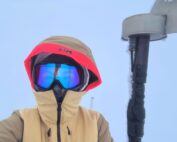Light Pillars
2018-12-28 09:58:49.000 – Christopher Hohman, Night Observer/Staff Meteorologist

So what exactly is causing this phenomenon to happen? Well, it’s actually a rather simple concept. The most important piece to seeing this spectacle is for hexagonal shaped ice plates to be falling from the sky. If those aren’t forming (for various reasons, say the temperature is too low or too high), then there’s no chance you’ll see a light pillar.
Now let’s say they are forming, they actually have to fall in a certain way. They need to fall perfectly flat side down to reflect the light to your eyes. This is why it’s hard for us to see these pillars on a regular basis. Last night we had very low winds, which weren’t creating much turbulence in the atmosphere. If winds had been high, then the crystals wouldn’t have been able to gently fall plate side down. Here’s the link to a site that has a great diagram of what I’m trying to describe.
It isn’t just city lights that form these light pillars. In fact, a much more common phenomenon is Sun Pillars. This optical effect happens when the sun is starting to set below the horizon. The same idea with the ice crystals falling plate side down is the key here. Now you may be wondering, “Why can I only see pillars when the sun is setting?” The answer really lies in what direction the light is emitted. If you clicked that link above, you’ll see that lights needs to be sent upwards into the atmosphere to get these pillars. During a sunset, the sun’s light is cast upward. While during the day, it’s light is emitted directly downward toward the surface.
Here are some pictures of sun pillars we’ve observed over the years:


That’s all I have for you guys this time. Thank you for taking the time to read my blog, I hope you found it interesting! If you have any questions or comments, please do not hesitate to contact us. Thank you for your support, and have a wonderful day!
Christopher Hohman, Night Observer/Staff Meteorologist
An Autumn Above the Clouds on Mount Washington
An Autumn Above the Clouds on Mount Washington By Cassie Farnsworth I don’t know how many times in life you get to say “it was exactly what I hoped it would be,” but my
2025 Holiday Staff Picks
2025 Holiday Staff Picks By Brandi Malloy 2026 is just a few weeks away, and the season of giving is in full swing! From Nimbus plushies to yeti beanies, we're incredibly grateful for your
Supporter Spotlight: Colleen Gendron
Supporter Spotlight: Colleen 'Coco' Gendron By Wendy Almeida In the 1970s, Colleen 'Coco' Gendron was introduced to hiking by a close friend’s father, an avid hiker and Appalachian Mountain Club instructor, who shared stories of Mount



